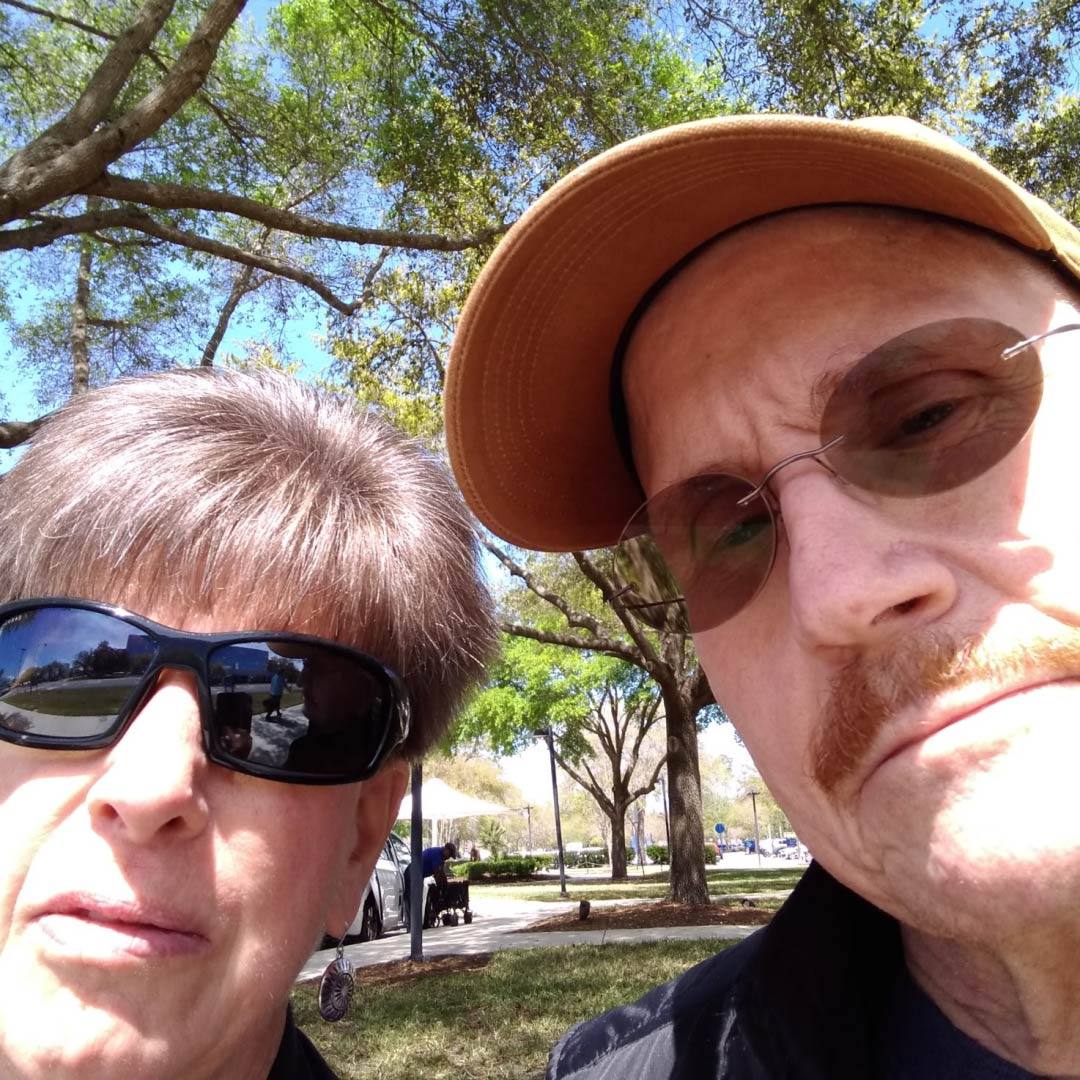-
Novel Protein May Help Detect Lou Gehrig’s Disease and Dementia, Mayo Clinic Finds
JACKSONVILLE, Fla. — Researchers at Mayo Clinic have discovered an abnormal protein that accumulates in the brains of many patients affected with two common neurodegenerative disorders — amyotrophic lateral sclerosis, also known as ALS or Lou Gehrig's disease, and frontotemporal dementia. They say their findings have uncovered a potentially new therapeutic target and biomarker that would allow clinicians to confirm diagnosis of the diseases. The study is published online today in the journal Neuron.
The Mayo research team, led by scientists at Mayo Clinic's campus in Florida, discovered the abnormal protein pathology that they call C9RANT. An error in the highly regulated cellular process through which proteins are generated causes the abnormal production of C9RANT. The team developed an antibody that can detect the specific, insoluble protein that clumps together and is present in patients with mutations in the C9ORF72 gene, which was previously identified by Mayo Clinic researchers as the most common genetic cause of ALS and frontotemporal dementia.
"This new finding sheds light on how the mutation causes these disorders, and it provides us with a marker that helps us track disease progression in patients with this disorder and potentially combat the disease," says senior author Leonard Petrucelli, Ph.D., a molecular neuroscientist and director of the Department of Neuroscience at Mayo Clinic in Florida.
If it is shown that, as suspected, these protein clumps are the cause of neuronal death and toxicity in these diseases, it may be possible to design therapies to break the clumps apart or to prevent the protein from accumulating in the first place, Dr. Petrucelli says.
Because the protein is found throughout the central nervous system in patients with ALS and frontotemporal dementia — but not in other neurodegenerative diseases — the researchers hope that in the future it can be tested through a spinal tap.
After Alzheimer's disease, frontotemporal dementia is the most common form of early onset neurodegenerative dementia. It is characterized by changes in personality, behavior and language due to loss of gray matter in the brain's frontal lobe. ALS destroys motor neuron cells that control essential muscle activity such as speaking, walking, breathing and swallowing.
This new discovery stems from a key finding, reported simultaneously in 2011 by Mayo researchers and scientists from the National Institutes of Health, that an unusual mutation — a short DNA sequence repeated hundreds to thousands of times — was found in almost 12 percent of familial frontotemporal dementia and more than 22 percent of familial ALS samples studied.
This study was supported by Mayo Clinic Foundation; National Institutes of Health/National Institute on Aging [R01 AG026251 (LP, RR), P01 AG003949 (DWD), P50 AG016574 (DWD, RR)]; National Institutes of Health/National Institute of Neurological Disorders and Stroke [R21 NS074121-01 (TFG, KB), R01 NS080882 (RR), R01 NS063964 (LP); R01 NS077402 (LP), P50 NS72187 (DWD, RR)]; National Institute of Environmental Health Services [R01 ES20395 (LP)]; Amyotrophic Lateral Sclerosis Association (KB, LP); ALS Therapy Alliance (RR); and Department of Defense [W81XWH-10-1-0512-1 (LP), W81XWH-09-1-0315AL093108 (LP)].







